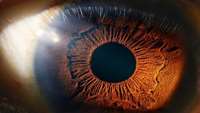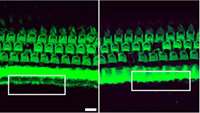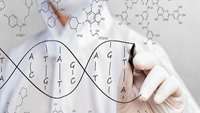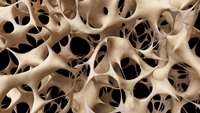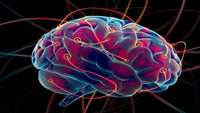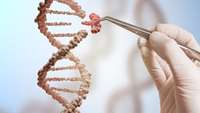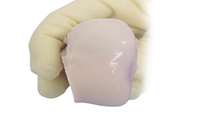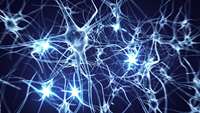Evotec enters into research collaboration with CRTD to discover novel therapies for retinal diseases
Evotec AG today announced that it has entered into a research collaboration with the Center for Regenerative Therapies TU Dresden ("CRTD") to discover novel small molecule candidates for retinal diseases. CRTD is a recognised leader in understanding the biology of stem cells to develop new therapies for neurodegenerative and haematological diseases.
Gene editing staves off deafness in mice
Genome editing has been used to reduce hearing loss in ‘Beethoven’ mice, which carry a mutation that causes deafness in both mice and humans.
Crispr Isn’t Enough Any More. Get Ready for Gene Editing 2.0
In fewer than five years, the gene-editing technology known as Crispr has revolutionized the face and pace of modern biology. Since its ability to find, remove, and replace genetic material was first reported in 2012, scientists have published more than 5,000 papers mentioning Crispr. Biomedical researchers are embracing it to create better models of disease.
A New Implant Heals Broken Legs by Transforming into Real Bone
When a bone breaks, medical devices and objects like screws and pins are often used to hold the pieces together while the bone heals. But this process can be extremely painful, long, and difficult. One new technological marvel might make these methods obsolete. This potentially game-changing new tool is a 3D printed ceramic implant that holds fractured bones together while turning into actual, natural bone.
Cell Type of Origin Dictates the Route to Pluripotency
Our current understanding of induced pluripotent stem cell (iPSC) generation has almost entirely been shaped by studies performed on reprogramming fibroblasts.
Human Neural Stem Cell Transplantation Rescues Functional Deficits in R6/2 and Q140 Huntingtons Disease Mice
Huntingtons disease (HD) is an inherited neurodegenerative disorder with no disease-modifying treatment. Expansion of the glutamine-encoding repeat in the Huntingtin (HTT) gene causes broad effects that are a challenge for single treatment strategies.
Transplantation of iPS cell-derived neural progenitors overexpressing SDF-1α increases regeneration and functional recovery after ischemic stroke
Ischemic stroke is a leading cause of human death and disability while clinical treatments are limited. The adult brain possesses endogenous regenerative activities that may benefit tissue repair after stroke. Trophic factors such as stromal cell-derived factor 1 alpha (SDF-1α) are upregulated in the ischemic brain, which promote endogenous regeneration.
The Most Life-Changing Breakthroughs in Genetics of 2017
In a landmark decision made this past August, the Food and Drug Administration approved a treatment for childhood leukemia that works by genetically modifying a patient’s own blood cells to turn them into cancer killers. The FDA called it the first approved “gene therapy,” though experts quibbled over whether that term technically applies. Either way, it was a pretty big deal, and a decision that will pave the way for an era of FDA-sanctioned human gene modification.
Stem cells conduct cartilage regeneration but are not directly involved
Therapy with mesenchymal stem cells, the so-called progenitor cells of connective tissue, holds great promise for the regeneration of cartilage tissue but how stem cell therapy contributes to the healing of damaged connective tissue has been unclear.
Molecular and functional variation in iPSC-derived sensory neurons
Induced pluripotent stem cells (iPSCs), and cells derived from them, have become key tools for modeling biological processes, particularly in cell types that are difficult to obtain from living donors. Here we present a map of regulatory variants in iPSC-derived neurons, based on 123 differentiations of iPSCs to a sensory neuronal fate.


